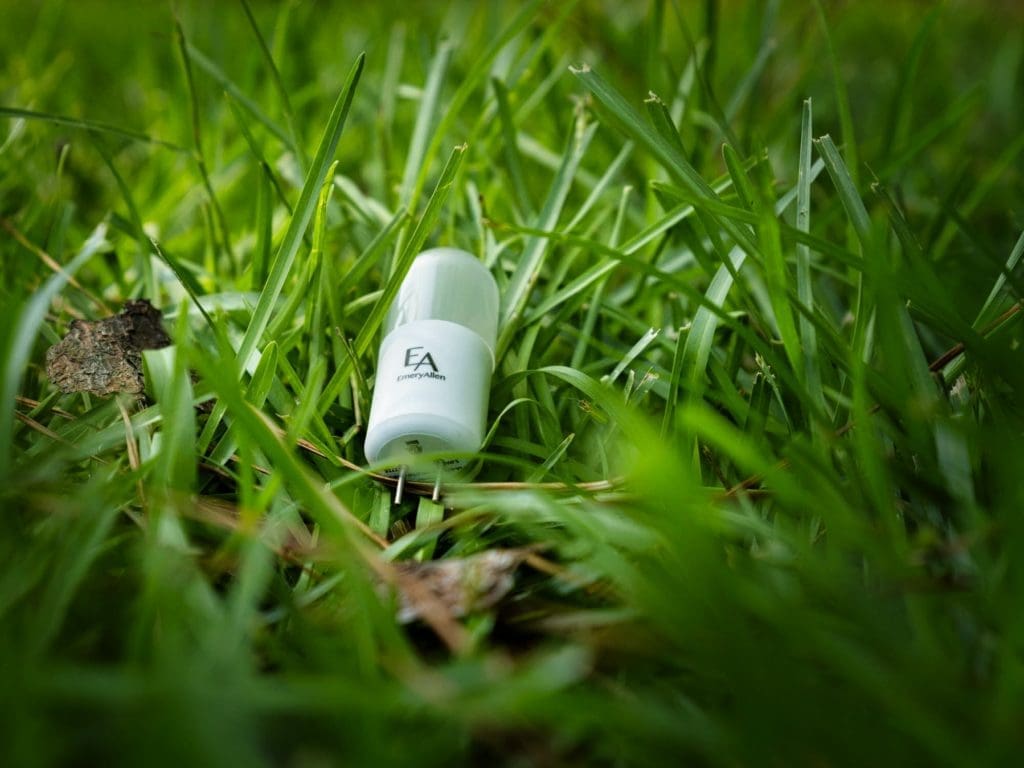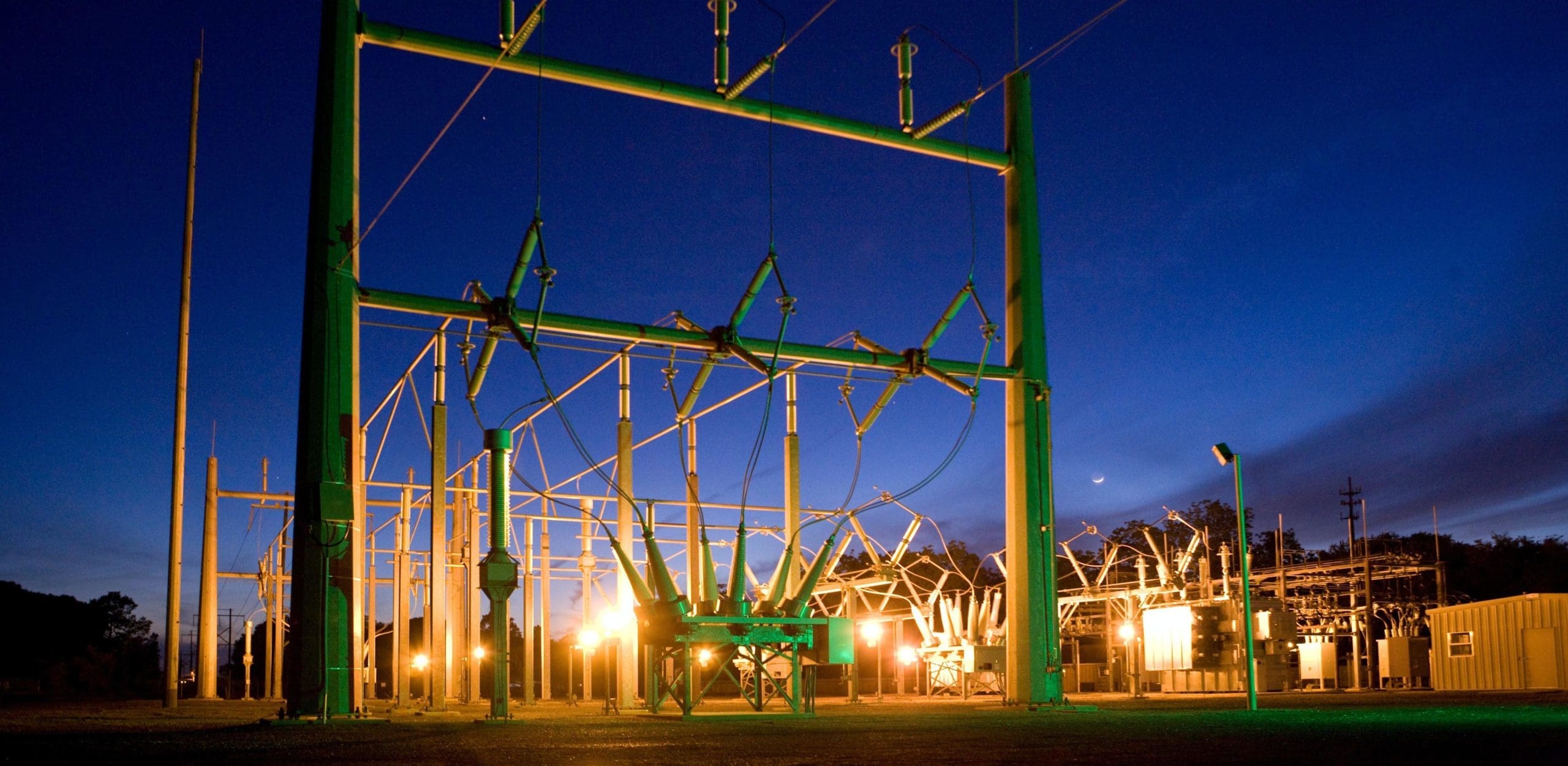A s the industry continues to shift towards efficiency through the adoption of LED lightbulbs, there have emerged a plethora of positive benefits:
- LED bulbs do not contain hazardous materials such as mercury found in compact fluorescent bulbs. This means that they are safer to the user and easier to recycle once they reach the end of their lifespan.
- LED bulbs do not produce as much heat as incandescent bulbs, which also prevents the potential hazard of RUDs (Rapid Unscheduled Disassembly – it explodes) and starting fires.
- LEDs have a much greater lifespan than traditional bulbs, which means they need to be replaced less frequently. This reduces the amount of waste generated by discarded bulbs and decreases the environmental impact of manufacturing, packaging, and shipping new bulbs.
- LEDs can be designed to emit light in a specific direction, which means that they can be used more efficiently than traditional bulbs which emit light in all directions. This reduces the amount of light that is wasted and makes them a better choice for applications such as task lighting or outdoor lighting.
Early Lighting & the Grid
The incandescent lightbulb was developed by Thomas Edison in the late 1870s, which revolutionized lighting in the 19th century. While this was a massive revolution in technology, the original designs of the early lightbulb came along with some negative consequences. With greater widespread use came greater demands on our energy grid. Incandescent bulbs, by nature, are not efficient as significant amounts of energy are required to illuminate them. In fact, only 10% of the energy put into an incandescent bulb is converted into light. The other 90% is lost to heat. Additionally, their shorter lifespan results in higher waste production and pollution as they are discarded frequently. As a result, many countries have opted to phase out the incandescent bulb in favor of more energy-efficient alternatives to mitigate their environmental impact.
LEDs on the other hand are able to consume less energy to produce the same amount of light as traditional incandescent bulbs. According to the US Department of Energy, LEDs use up to 90% less energy and last up to 25 times longer than traditional incandescent bulbs. This translates to lower electricity bills, reduces strain on our electrical infrastructure, and creates less of an environmental impact. This data is likely the motivation behind legislation adopted in April of 2022 that had set out to prohibit the purchase and sale of light bulbs with an energy efficiency of under 45 lumens per watt, which includes many incandescent and halogen options previously used. Under this ban, it will no longer be legal to manufacture, import, or sell these types of bulbs.

Incandescent bulbs, by nature, are not efficient as significant amounts of energy are required to illuminate them.
Quick Stats:
- LED lighting products typically last much longer than other lighting types. A good quality LED bulb can last 3 to 5 times longer than a CFL and 30 times longer than an incandescent bulb.
- Use of a simple incandescent bulb results in 4,500 pounds of CO2 annually, while LED bulbs contribute only 451 pounds of CO2 per year.
- Residential LEDs use at least 75% less energy, and last up to 25 times longer, than incandescent lighting.
It’s pretty amazing how prevalent LED lights have become in recent years. In nearly all aspects, they simply outshine and outperform all other types of lightbulbs. They last significantly longer, they are far more durable, AND they offer a more versatile range of light quality than other bulb types.
In Summary:
LED technology has become a firmly-established replacement to its incandescent and compact fluorescent predecessors. Not only are these types of bulbs more efficient, and give the user more control (color temperature, beam direction, and size) over older lighting systems, they are a more sustainable option compared to traditional bulbs. If you have any questions or would like us to help you make a choice based on your needs, please feel free to reach out to us. We’d be happy to help!


